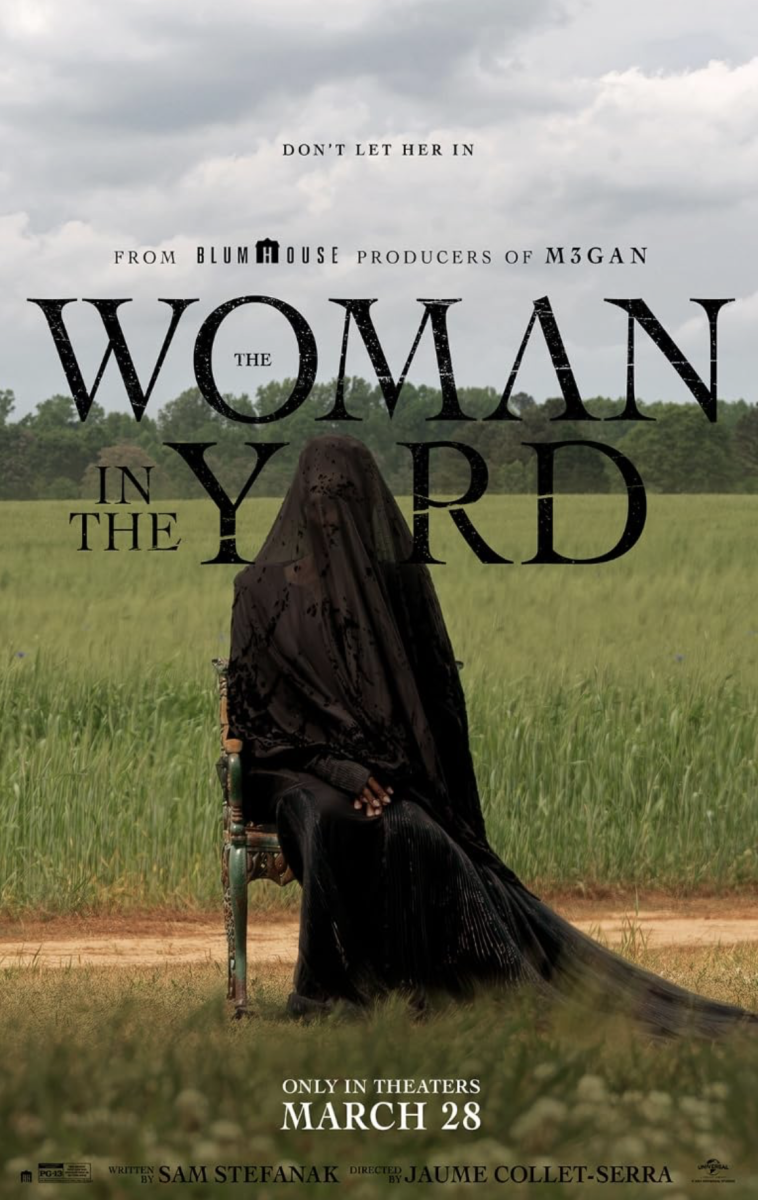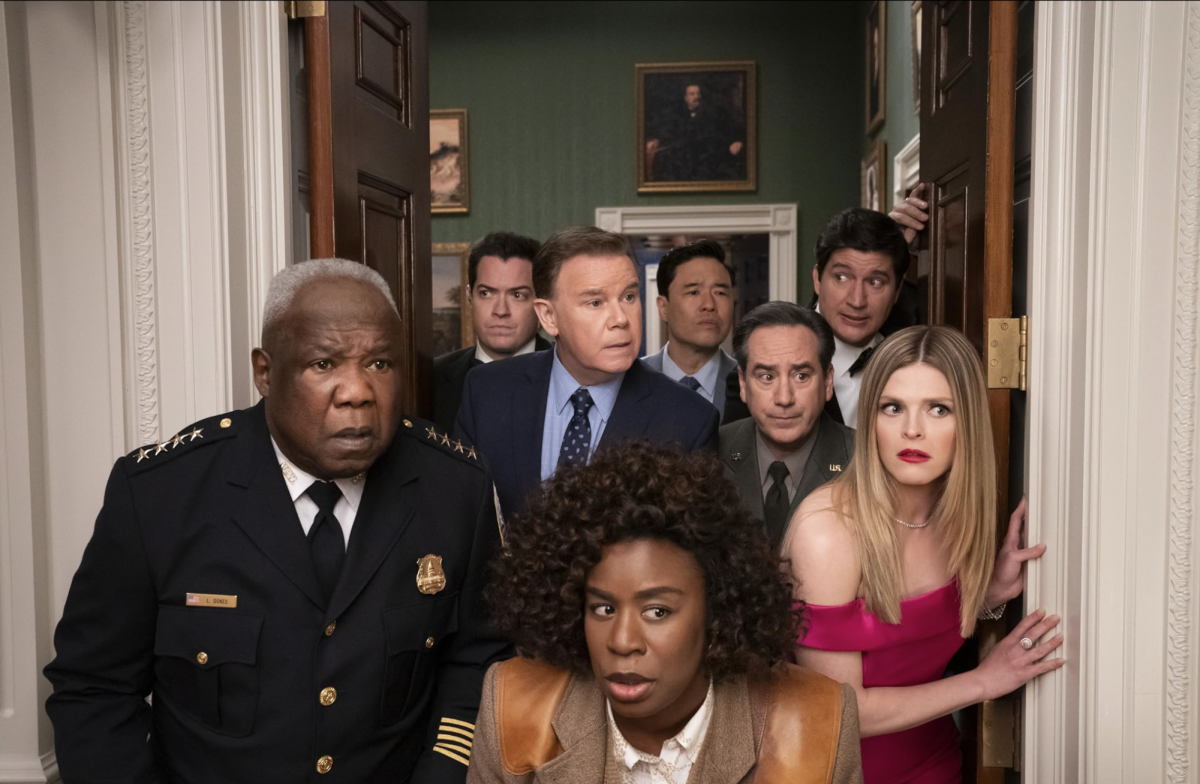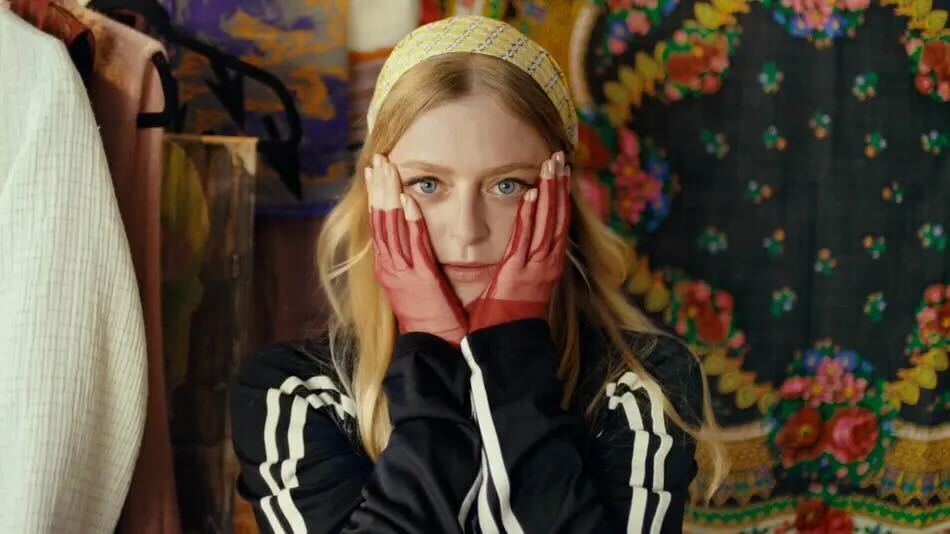Disney’s motivation to return to the world of “Oz” for another film was likely driven not by any creative urge, but by the boatloads of money that Tim Burton’s reimagining of “Alice in Wonderland” hauled in. Thankfully, director Sam Raimi has an innate ability to create an engaging fantastical world and retain his directorial voice without descending into self-parody, something that made Burton’s take on “Wonderland” nearly unwatchable. Raimi’s distinct directorial stamp works wonders for “Oz the Great and Powerful,” an effortlessly entertaining and endlessly imaginative film.
“Oz the Great and Powerful” is a prequel to the classic 1939 film, focusing on Oz (James Franco), a schlocky, selfish magician who lacks the resolve to settle down with dream girl Annie (Michelle Williams), preferring to follow his aspirations of unquestionable greatness. Whisked away from Kansas by a tornado, Oz finds himself in the magical land that shares his name.
Ever since his disastrous stint as Oscar host, James Franco has brought a holier-than-thou attitude to his performances in blockbuster films, but he’s refreshingly subdued in “Oz.” Franco’s slow transition from small-time magician to leader of men (and munchkins) is played with amusing reluctance and heartfelt sincerity, but he’s less effective when embodying Oz’s inner showman, alternating between infectious confidence and unimpressive cheesiness with frustrating consistency.
The trio of witches that drive the conflict in “Oz” are realized by an impressive female ensemble. Michelle Williams is pure grace and wispy dialogue as Glinda the Good, but she’s just as effective and tender as Annie, Oz’s real-world love interest. Rachel Weisz plays Evanora with coiled frustration, barely able to hold back her contempt for Oz. Mila Kunis has the most challenging role of the three as Theodora, the young witch who discovers Oz upon his arrival. Kunis brings an innocence to the role that is slowly shattered as she becomes increasingly infatuated with the womanizing Oz, and her arc is where the film’s story becomes increasingly problematic.
As anyone familiar with the “Oz” mythology is aware, Kunis’ Theodora eventually transforms into the Wicked Witch of the West. Although she has the spunk necessary to embody the role, Kunis struggles to register behind thick coats of unconvincing makeup, something that only serves to underline the shortcomings of the film’s story. While the awakening of Oz’s inner hero is more inspired than your standard origin story, the dynamics required to get Theodora seeing green are strained manipulations of character logic.
Throughout the film, even when the story teeters on the edge of nonsense, Raimi never fails to inject his own personal touch into the proceedings. Raimi’s Oz is flooded with creativity, and the film overflows with imaginative designs and characters. One of the allies that Franco’s Oz picks up during the film is a small girl made of china, and Raimi pulls the impressive feat of making a delicate CGI character the film’s emotional core. “Oz” is most fun in the brief moments when Raimi lets some of the tricks he came up with on the “Evil Dead” trilogy loose, staging genuinely harrowing beats in the midst of an immersive fantasy world full of beautiful colors and gorgeously scoped images.
While Disney was clearly inspired by “Alice in Wonderland,” Raimi draws from a very different source: his 1992 horror-comedy “Army of Darkness.” The films share many common elements, from structure to how conflicts are resolved to character beats, and it’s a joy to see Raimi working to bring freshness to such familiar territory. While “Oz the Great and Powerful” struggles to make sense at times, it’s a pleasure to watch thanks to an interesting cast, a stunningly realized setting and the simple joy of having Sam Raimi behind the camera.
Published on March 8, 2013 as "'Oz' misses 'Great and Powerful,' but achieves 'good'".




















